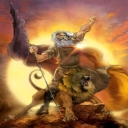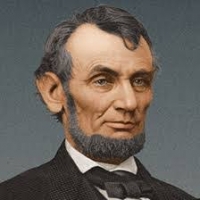![]() Published in Iran - Social interactions and entertainment - 20 Mar 2018 05:56 - 14
Published in Iran - Social interactions and entertainment - 20 Mar 2018 05:56 - 14

Originating in Iran’s ancient history, Nowruz is celebrated by more than 300 million people worldwide on March 21, the day of the spring
Equinox, which marks the sun’s crossing of the Equator and the start of
spring in the Northern Hemisphere. Nowruz is as one of the oldest and
most cherished festivities celebrated for at least 3,000
years.
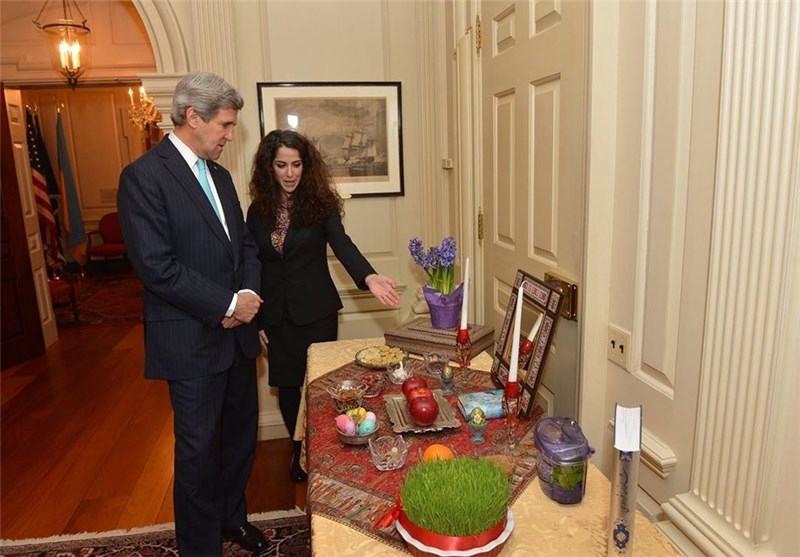
Nowruz is a messenger of peace, friendship, benevolence for the humankind and admiration for the nature not only for Iranians, but for
several nations and tribes who adorn this ancient festivity and
celebrate it. Nowruz is an opportunity for rethinking, restarting and
remaking.

Nowruz is the spiritual heritage of humankind and the Iranians will be most delighted if the world nations enjoy this heritage and take
advantage of it. Nowruz is the message of peace and friendship by the
Iranians for the whole world.
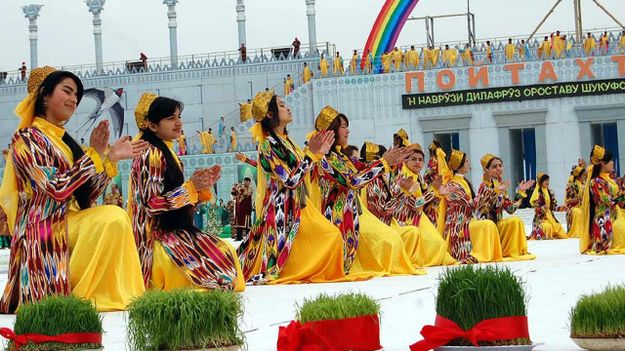
Nowruz is a strong testimony to Iranian rich civilization, national characteristics and history. It proves how a nation with its
irreversible determination to endure, and even flourish, through periods
of devastation, political chaos, hardship and oppression.
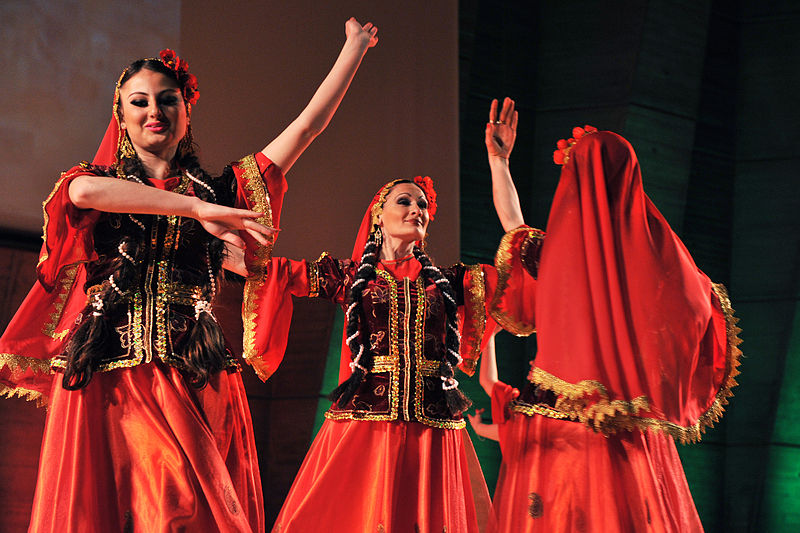
For centuries, Persians have applied the Nowruz spirit to every dark challenge that has come their way. This spirit has made Nowruz far more
than just a New Year celebration over the course of history.
Nowruz is a relic of ancient times. A memory of old tales and epics, a celebration of rebirth and rejuvenation. Spring has arrived and the
previous year with all its events, good or bad, has ped. Renewed hope
anticipates new achievements.
In harmony with rebirth of nature, the Persian New Year Celebration, or Nowruz, always begins on the first day of spring, March 21th of each
year. Nowruz ceremonies are symbolic representations of two ancient
concepts - the End and Rebirth.
Nowruz (Norouz) in Persian means "New day". It is the beginning of the year for the peoples of Iran (Greater Iran, including: Afghanistan,
Arran (Republic of Azerbaijan) and Central Asian Republics).
It begins precisely with the beginning of spring on vernal equinox, on or about March 21. Tradition takes Nowruz as far back as 15,000
years--before the last ice age.
 It is not exactly known when and how the festival of Nowruz emerged. Some historians believe that natural changes in weathers gave rise to
It is not exactly known when and how the festival of Nowruz emerged. Some historians believe that natural changes in weathers gave rise to the festivities. Some consider it a national festival, while others
regard it as a religious ritual.
According to Zoroastrians, the month of Farvardin (the first month of the Iranian solar calendar) refers to Faravashis, or spirits, which
return to the material world during the last 10 days of the year. Thus,
they honor the 10-day period in order to appease the spirits of their
deceased ancestors. The Iranian tradition of visiting cemeteries on the
last Thursday of the year may have originated from this belief.
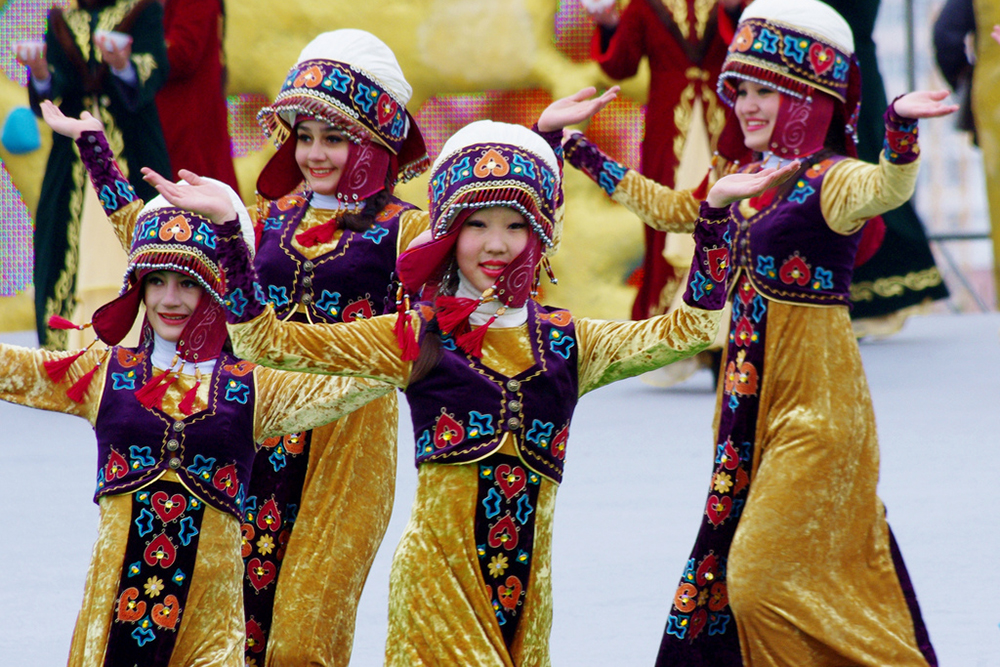
According to lexicographer Mirza Ali Akbar Dehkhoda, ancient Iranians celebrated a feast called Farvardegan (Farvardyan) that lasted 10 days.
Farvardegan was performed at the end of the year and was apparently a
mourning ceremony and not a celebration welcoming the rebirth of nature.
In ancient times the feast started on the first day of Farvardin (March
21) but it is unclear how long it did last. In royal courts, the
festivities continued for one month.

The festival, according to some documents, was observed until the fifth of Farvardin, and then the special celebrations followed until the
end of the month. Possibly, in the first five days, the festivities
were of a public and national nature, while during the rest of the month
it umed a private and royal character.
Undoubtedly, the Nowruz celebrations are an ancient, national Iranian custom, but details of it prior to the Achaemenid era are unknown.
There is no mention of it in Avesta - the holy book of Zoroastrians.
In the ancient times, Iran was the cradle of civilizations for thousands of years and regarded as one of the most powerful countries in
the world. As time ped, the Empire of Persia disintegrated gradually
due to the invasions by the enemies of this land.
As a matter of fact, many glorious cultural, historical, festivals and customs have faded away and only traces of them have remained and
several centuries of our homeland history is still in a “state of
oblivion, darkness and ambiguity.”
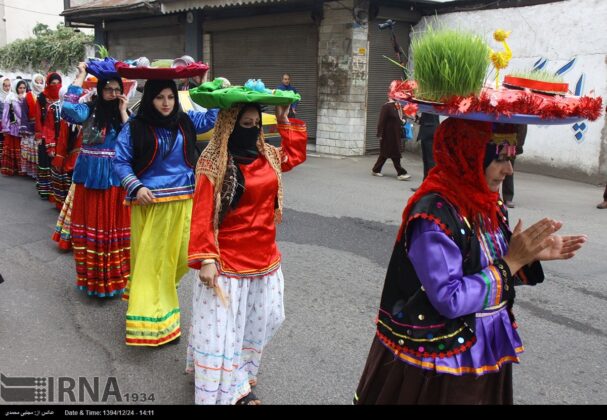
Currently, after several thousands of years, Iranians and the people of nine other countries enthusiastically celebrate the Nowruz festival,
irrespective of their age, language, gender, race, nationality or social
status as this festivity knows no boundary.
The oldest archaeological record for the Nowruz celebration comes from the Achaemenid period over 2500 years ago. They created the first
major empire in the region and built the Persepolis complex in southern
Iran. This magnificent palace/temple complex was destroyed by Alexander
the Great.

Throughout their often stormy history, Persians have endured hard times of civil wars, devastations, and political chaos. They have
celebrated the height of human civilization and scientific and military
achievements through the spirit of Nowruz.
Such a unifying spirit has often made Nowruz the target of much animosity by foreign invaders and anti-national forces throughout the
history of Iran.

King Jamshid is said to be the person who introduced Nowruz celebrations. Some 12 centuries later, in 487 B.C.E., Darius the Great
of the Achaemenian dynasty celebrated the Nowruz at his newly built
Persepolis in Iran. On that day, the first rays of the rising sun fell
on the observatory in the great hall of audience at 06-30 a.m., an event
which repeats itself once every 1400 years. The Persepolis was the
place the Achaemenian king received on Nowruz, his peoples from all over
the vast empire. The walls of the great royal palace depict the scenes
of the celebrations.
We know the Iranians under the Parthian dynasty celebrated the occasion but we do not know the details. It should have, more or less,
followed the Achaemenian pattern. During the Sasanian time, preparations
began at least 25 days before Nowruz.
Twelve pillars of mud-bricks, each dedicated to one month of the year, were erected in the royal court. Various vegetable seeds--wheat,
barley, lentils, beans, and others--were sown on top of the pillars.
They grew into luxurious greens by the New Year Day.

The great king held his public audience and the High Priest of the empire was the first to greet him. Government officials followed next.
Each person offered a gift and received a present. The audience lasted
for five days, each day for the people of a certain profession. Then on
the sixth day, called the Greater Nowruz, the king held his special
audience. He received members of the Royal family and courtiers. Also a
general amnesty was declared for convicts of minor crimes. The pillars
were removed on the 16th day and the festival came to a close. The
occasion was celebrated, on a lower level, by all peoples throughout the
empire.
During the first two centuries of Islam in Persia, the festivities were not observed with much earnest due to sociopolitical
transformation. Gradually, greedy Omayyad caliphs, intending to boost
their income through gifts, revived the custom.
Nonetheless, Iranians have always been enthusiastic about preserving this custom, especially when they were under foreign domination.
Omayyad rulers, known for their tribal fanaticism, left no stone unturned to annihilate the traditions and cultural heritage of conquered
lands.

According to the historian George Zeidan, Persians would pay 5,000 to 10,000 silver coins for permission to celebrate Nowruz during the reign
of the Omayyads. Iranians made strenuous efforts to celebrate the
occasion even though they had to pay a high price. Omayyad rulers greedy
for wealth and power sought to strengthen their hegemony, apparently
only resorting to Islam as a shield to protect their interests.
The festival was so glorious and sacred that even the most ruthless rulers used to grant general amnesty to captives and prisoners. The
dignity of Nowruz is captured as Ahura Mazda on its splendid glory says:
“On the day of Farvardin, even the infernal-dwellers return to this
world to visit their families.”

A major part of the New Year rituals is setting a special table with seven specific items present, Haft Sin (Haft chin, seven crops before
Islam). In the ancient times each of the items corresponded to one of
the seven creations and the seven holly immortals protecting them.
Today they are changed and modified but some have kept their symbolism. All the seven items start with the letter S; this was not the
order in ancient times. Wheat or barley representing new growth is
still present. Fish the most easily obtainable animal and water are
present. Lit candles are a symbol of fire. Mirrors are used today,
origin unknown.

These were expensive items in ancient times and were made from polished metal. It is unlikely that all households would have one.
Zoroastrians today place the lit candle in front of the mirror. Wine was
always present. Today it is replaced by vinegar since alcohol is banned
in Islam.
Egg a universal symbol of fertility corresponding to the mother earth is still present. Garlic is used to warn off bad omen. Samano a thick
brownish paste is present today. It is a nutritious meal and could have
been part of the feasts. Coins symbolizing wealth and prosperity, fruits
and special meals are present as well.
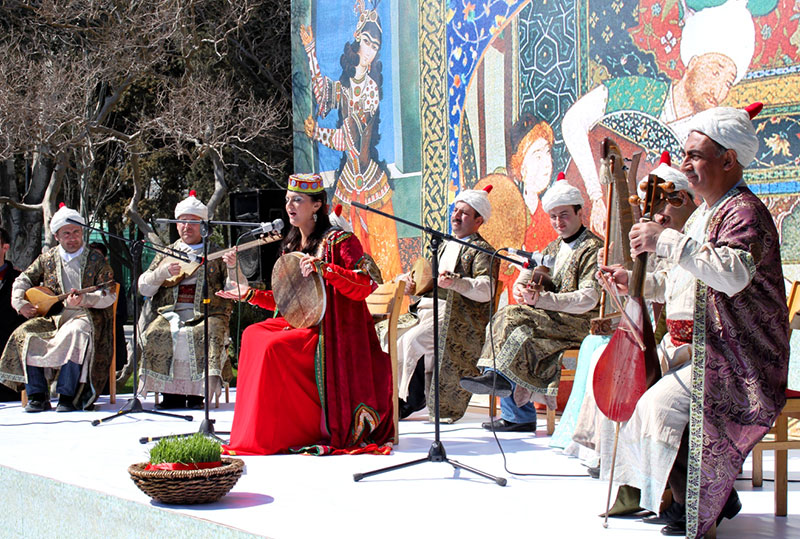
Ferdowsi the great Iranian epic poet described this auspicious event in Shahnameh:
On Jamshid as the people jewels streamed,
They cried upon him that New Year beamed
On Farvardin Hormuz in this bright New Year
Bodies were freed from pain all hearts from fear
New Year new king the world thus rendered bright
He sat resplendent on the throne in light
The International Day of Nowruz was registered on the UNESCO List of the Intangible Cultural Heritage of Humanity on February 23, 2018.
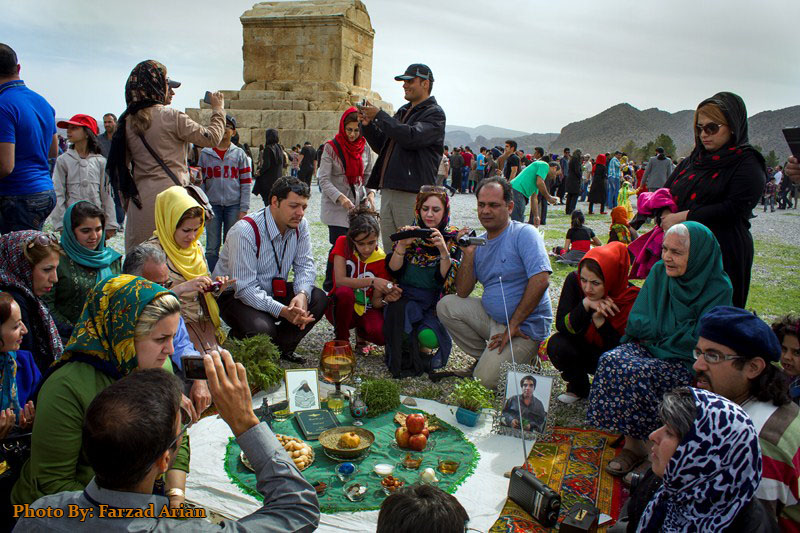
We at Iran Review.Org would like to express our best wishes for the New Year and the advent of spring and Nowruz to all Iranians,
subscribers, and visitors of our site and all the peace-loving people
around the world. On this International Day of Nowruz, we express hope
that all people can use the occasion to reflect on the beauty of nature,
the promise of spring and the power of culture to build peace.
Support
SilenceRaDvInArminayAntiterrorisferidonkenar123PaladineBikkinEvil SkullEvil SkullEvil SkullEvil SkullEvil SkullEvil SkullEvil SkullEvil SkullEvil SkullEvil SkullEvil SkullEvil SkullEvil SkullEvil SkullEvil SkullEvil SkullEvil SkullEvil SkullEvil SkullEvil SkullEvil SkullEvil SkullEvil SkullEvil SkullHosein DevilGeneral90General90lord sajjadlord sajjadlord sajjadlord sajjadNiLooooNiLooooHYRCANIAHYRCANIAno0bsailbotPrincepoyaBunnyLiuComments (14)
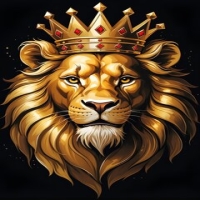
Happy Nowruz and New Iranian Year
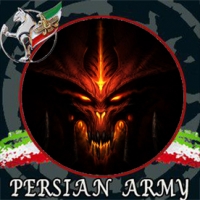
Happy Nowruz
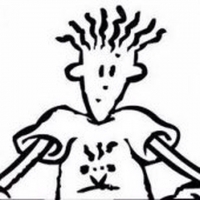
Happy nowruz

Happy new year

Happy new year 1397

Happy Nowruz

o7
سال نو به همه گیمرهای ایرانی مبارک
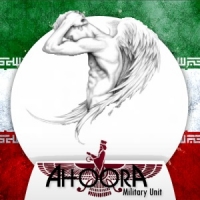
شاد باشید و سرافراز

Happy Nowruz 4. Pic remove pls. terrorist group (PKK)

@Zehir Zaganos Pasha=ok
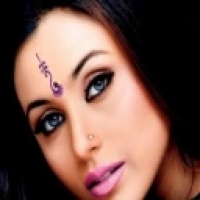
Happy nowruz
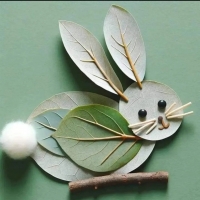
Happy Nowruz and New Iranian Year!

nowruz is shirk. play of the majusi


